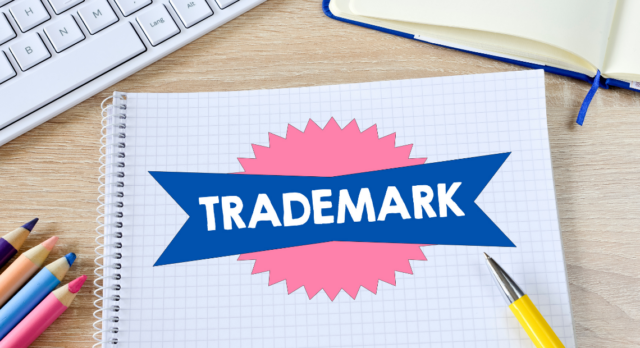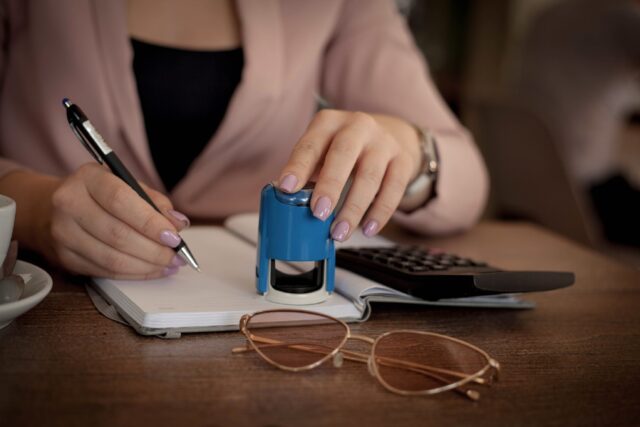
Major elements are involved in your advertising to get people to buy what you’re selling, including logos, slogans, product names, and others. In the process, you may use other people’s trademarks or something that insinuates or depicts other trademarks.
As a business owner in San Diego, when considering trademark laws, you may assume that you should not use another person’s trademark, especially when you’re in the same location. With trademark laws in place, you might question whether there will be consequences if you use it in your advertising.
Before you come to a final decision, though, you can speak to a trademark attorney in San Diego about using someone else’s trademark.
Read on to learn more about this topic as well.
Can someone else’s trademark be used in your own advertising?
You’re in the right place if you’re wondering whether you can use another person’s trademark while advertising yours without consequence.
It can be exciting to learn that you can actually use someone else’s trademark in advertising, as long as it adheres to laws and meets pre-established standards.
To freely use another’s trademark in your advertising, the advert must be truthful and not portray a false impression of connection, sponsorship, or approval by the trademark’s owner. There are instances in which you can use the trademark in your advert without infringement or suffering any consequences.

The baseline is that your advert must not tarnish the owner’s reputation, whether through comparative advertising, fair use, parody, or tarnishment.
Here’s a breakdown of each caveat.
Comparative advertisements
When using another person’s trademark in your adverts, you must not refer to the competitor as “Brand X” or something similar.
You may even use the competitor’s trademark in your adverts rather than do that innocuously. When using another’s trademark, you’re not allowed to mislead or misrepresent a fact, including the product’s characteristics, geographic origin, nature, or qualities. If you do that, you will be held liable.
Your comparative statements about the other brand when advertising must also not be false or misleading. For example, if you compare your brand with the other person’s and claim that yours is better than the other, the other person can challenge that statement. The claim can then be proved and disproved through a validity test.
Furthermore, you shouldn’t mislead customers into believing that you have some affiliation with the trademark or that you’re being sponsored by the owner with comparative advertisement and cause confusion.
One safe way to do that is by comparing more than one product with yours, because it’s less likely that the brands will sponsor you. You can also add a tagline or disclaimer stating that you’re not affiliated with the other trademark.
Parody
You can also use another’s trademark if you use it as a parody of the original ad.

Of course, whether you’re successful with parody usage depends on how customers perceive the relationship between the target brand and the parody. An acceptable use of parody is that the usage must be close enough to the trademark that people can recognize it, but not enough to cause confusion.
In that case, if you intend to parody the trademark, you shouldn’t use the competitor’s whole name, logo, or jingle, but just what customers need to identify what the advert refers to.
Your usage can also pass as a parody if the purpose is for humor and not directed at the trademark’s owner. It’s no longer considered a parody if it’s to ride on the trademark’s fame.
Of course, one way to ensure your parody usage is right in its form is by talking to a trademark attorney to clarify things.
Tarnishment
When engaging in comparative advertising, the intention might be to highlight differences between the other person’s products and yours. However, some people may take it too far by putting the other person’s trademark in a bad light.
Overdoing it can cause customers to have overwhelmingly negative impressions of the other brand, which can legally be considered tarnishment.
An unauthorized user must not degrade or cause a negative impression on the other brand. In your advert, you should avoid taking the comparative advertisement too far, as this can compromise the trademark’s value and make you liable for damages.
If you use the trademark for a non-commercial opinion or political speech, you might be able to make heavy suggestions about it.
Fair use

Another instance with which you can use another’s trademark in your advertisement is to make fair use of it. For example, you can mention that your brand is close to the trademark in question.
Fair use applies if you use the mark “fairly” to describe the product. You can also use the trademark in the middle of a sentence or in an inconspicuous typeface, and it’ll pass for fair use.
There is, however, a thin line between fair use and impermissible use of another’s trademark. The only way to clear that up is by consulting a professional trademark lawyer for clarification.
For fair use to stand, your advert shouldn’t cause customers confusion about your product’s affiliation to the mark or approval by the mark owner.
Conclusion
You might have noticed that some brands use other trademarks in their advertisement and wonder whether you can do that too. Hopefully this article has begun to answer that question.
Whether using it in the stance of fair use, parody, or comparative advertisement, as long as it doesn’t cause customers confusion, you should be okay. Regardless, it’s best to consult a trademark attorney on whether your usage is permissible.












